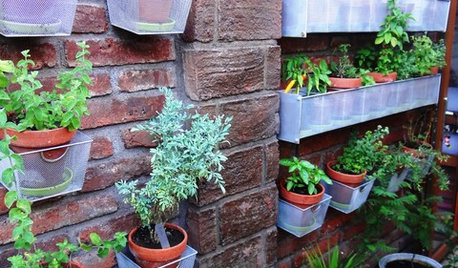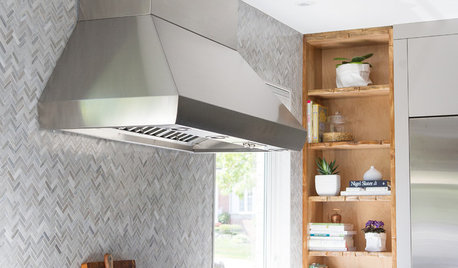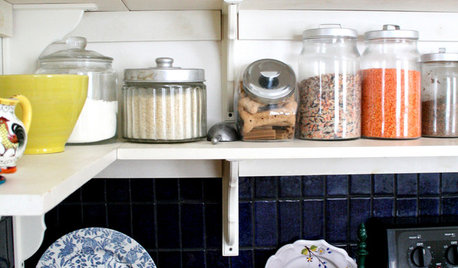Question for Al, container mixture recipe
recoil_rob
13 years ago
Related Stories

KITCHEN DESIGN9 Questions to Ask When Planning a Kitchen Pantry
Avoid blunders and get the storage space and layout you need by asking these questions before you begin
Full Story
FARM YOUR YARDHow to Grow Vegetables in Containers
Get glorious vegetables and fruits on your patio with a pro’s guidance — including his personal recipe for potting mix
Full Story
ARCHITECTUREHouzz Tour: Shipping Containers Make for an Unusual Home
Recycling hits the big time as a general contractor turns 4 metal boxes into a decidedly different living space
Full Story
FUN HOUZZHouzz Quiz: What's Your Decorating Style?
Answer these 9 questions to find out what decorating style suits you best
Full Story
GARDENING GUIDES9 Fresh Herbs for Crowd-Pleasing Thanksgiving Dishes
Pluck these herbs from a windowsill pot or a garden for a Thanksgiving meal that sings with fresh flavor
Full Story
KITCHEN DESIGNKitchen of the Week: Function and Flow Come First
A designer helps a passionate cook and her family plan out every detail for cooking, storage and gathering
Full Story
KITCHEN DESIGNDisplaying Kitchen Supplies — Hot or Not?
Do some kitchens just beg for a cozy row of canisters and gear for all to see? Have a look and let us know what you think
Full Story
DECORATING GUIDESFloral Decor: It’s All in the Mix
Find out how to use color, pattern and scale to make your room design come together
Full Story
EDIBLE GARDENSHow to Grow Your Own Sweet Summer Crops
This guide will help any gardener get started on growing the freshest warm-season veggies and berries for summer
Full Story
MOST POPULAR33 Magic Household Cleaning Tips
Houzzers from around the world share their tips for transforming housework into child’s play
Full StorySponsored
More Discussions






tapla (mid-Michigan, USDA z5b-6a)
recoil_robOriginal Author
Related Professionals
Essex Landscape Contractors · Live Oak Landscape Contractors · Lyndhurst Landscape Contractors · Petaluma Landscape Contractors · West Covina Landscape Contractors · Maple Heights Landscape Contractors · Commerce City Decks, Patios & Outdoor Enclosures · Miami Decks, Patios & Outdoor Enclosures · Monroeville Decks, Patios & Outdoor Enclosures · Saint Louis Park Decks, Patios & Outdoor Enclosures · Draper Fence Contractors · Huntington Beach Fence Contractors · Lexington Fence Contractors · Parkway Fence Contractors · Sammamish Fence Contractorstapla (mid-Michigan, USDA z5b-6a)